
@jasminealqassar.bsky.social led this work on the silk glands of the pantry moth.
These two long tubes inside the caterpillar continuously make a ton of silk
How does this special organ work?
www.cell.com/iscience/ful...
@cp-iscience.bsky.social
🧵THREAD🧵
@jasminealqassar.bsky.social led this work on the silk glands of the pantry moth.
These two long tubes inside the caterpillar continuously make a ton of silk
How does this special organ work?
www.cell.com/iscience/ful...
@cp-iscience.bsky.social
🧵THREAD🧵

"Given the risks of transgene remobilization and instability associated with piggyBac transposases of lepidopteran origin,
we urge researchers interested in developing transgenesis in moths or butterflies to consider using Minos-based tools."
@donyaniyaz.bsky.social
@lucalivraghi.bsky.social
High efficient, glowing eye and silk gland markers
peerj.com/articles/202...
@peerj.bsky.social
"Given the risks of transgene remobilization and instability associated with piggyBac transposases of lepidopteran origin,
we urge researchers interested in developing transgenesis in moths or butterflies to consider using Minos-based tools."
a 🧵 1/n
Drain: arxiv.org/abs/2511.04820
Strain: direct.mit.edu/qss/article/...
Oligopoly: direct.mit.edu/qss/article/...




a 🧵 1/n
Drain: arxiv.org/abs/2511.04820
Strain: direct.mit.edu/qss/article/...
Oligopoly: direct.mit.edu/qss/article/...
www.annualreviews.org/content/jour...

www.annualreviews.org/content/jour...
We compared deer mice evolved in forest vs prairie habitats. We found that forest mice have:
(1) more corticospinal neurons (CSNs)
(2) better hand dexterity
(3) more dexterous climbing, which is linked to CSN number🧵
We compared deer mice evolved in forest vs prairie habitats. We found that forest mice have:
(1) more corticospinal neurons (CSNs)
(2) better hand dexterity
(3) more dexterous climbing, which is linked to CSN number🧵
journals.biologists.com/jeb/article/...

We find the fly development gene bicoid is much older than previously thought (~20 million yrs older!) 🪰🧬
To pinpoint its origins we tackled the Diptera phylogeny, providing some resolution (many open questions remain).
🔗 tinyurl.com/2vyuevpy
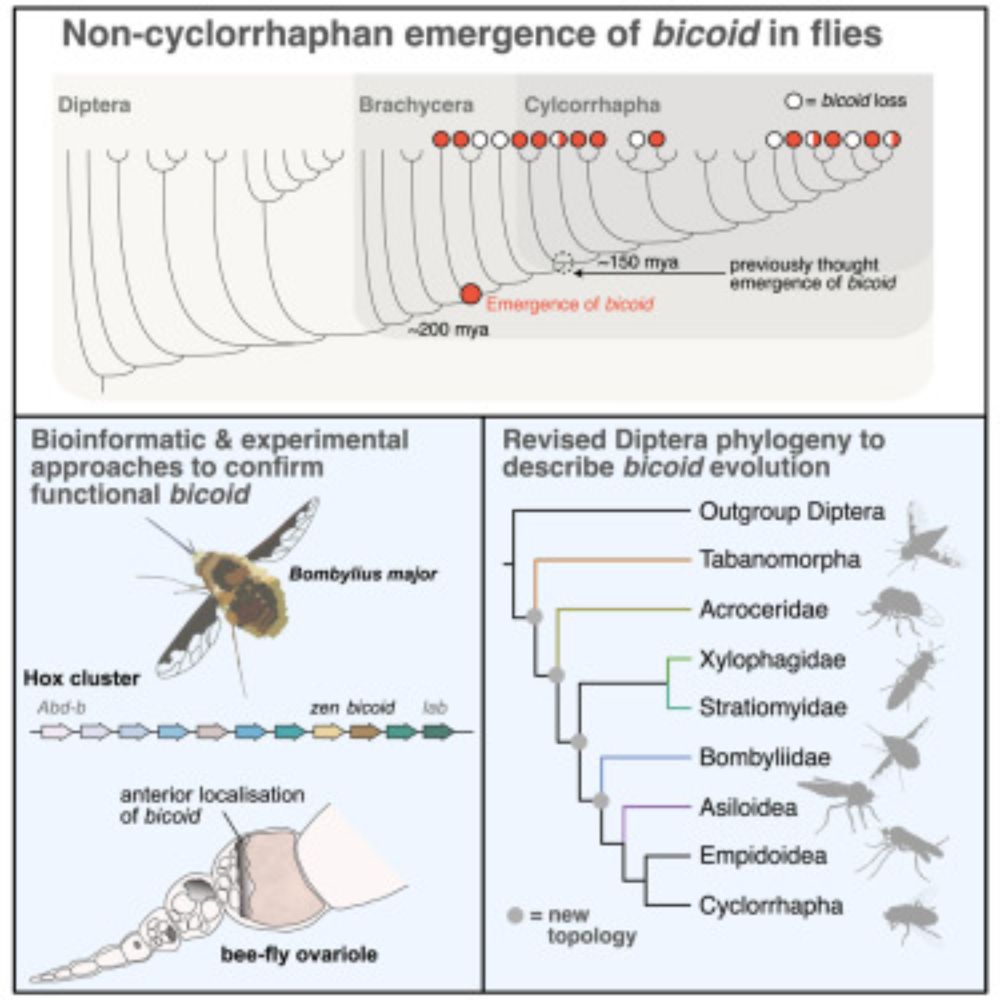
We find the fly development gene bicoid is much older than previously thought (~20 million yrs older!) 🪰🧬
To pinpoint its origins we tackled the Diptera phylogeny, providing some resolution (many open questions remain).
🔗 tinyurl.com/2vyuevpy
ie Allele A is introduced to taxon 1 from taxon 2, then allele A’ is introduced to taxon 1 from taxon 2
ie Allele A is introduced to taxon 1 from taxon 2, then allele A’ is introduced to taxon 1 from taxon 2
If you're interested in the genetics and physiology of seasonal plasticity in butterflies and moths, feel free to reach out!
I'm looking for one or two students for the fall of 2026.
Also check out my website:
www.vanderburglab.com
If you're interested in the genetics and physiology of seasonal plasticity in butterflies and moths, feel free to reach out!
I'm looking for one or two students for the fall of 2026.
Also check out my website:
www.vanderburglab.com

Proud to be part of this global team effort: doi.org/10.1126/scie...

Proud to be part of this global team effort: doi.org/10.1126/scie...
youtu.be/Kunvn2GDq8o?...
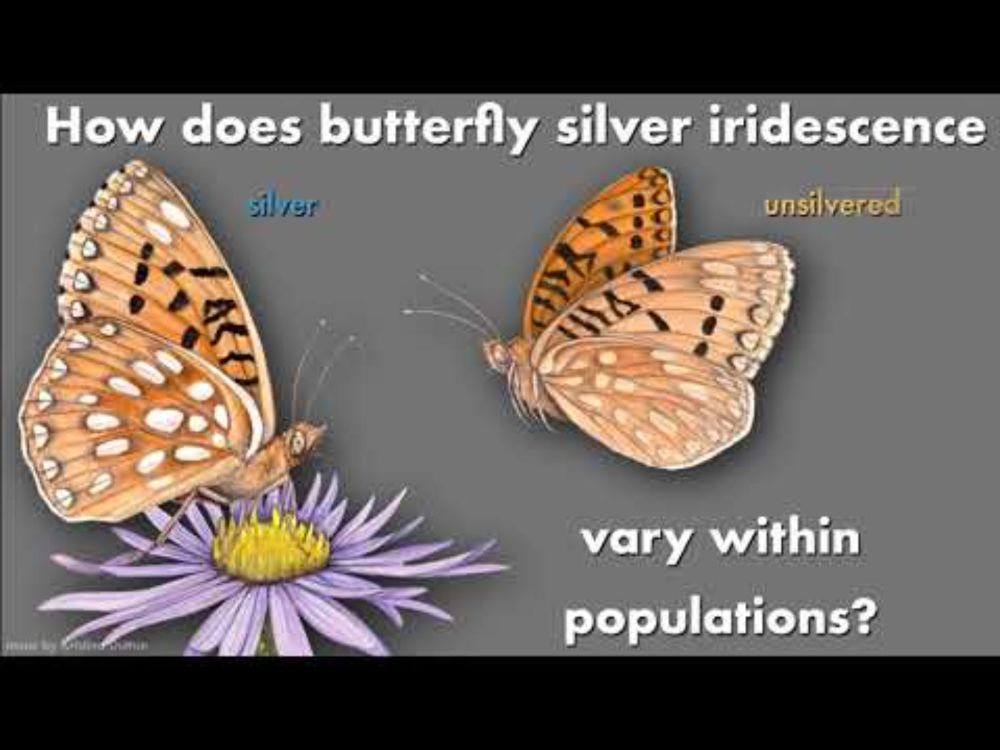
youtu.be/Kunvn2GDq8o?...

Is this you? ➡️ "This concept is way too complicated to show in a way reviewers and readers will understand"
Ask for help! Life Science Studios is here to create engaging figures that clearly explain your research.
🧪 #academicsky #evolutionarybiology

Is this you? ➡️ "This concept is way too complicated to show in a way reviewers and readers will understand"
Ask for help! Life Science Studios is here to create engaging figures that clearly explain your research.
🧪 #academicsky #evolutionarybiology


www.pnas.org/doi/abs/10.1...
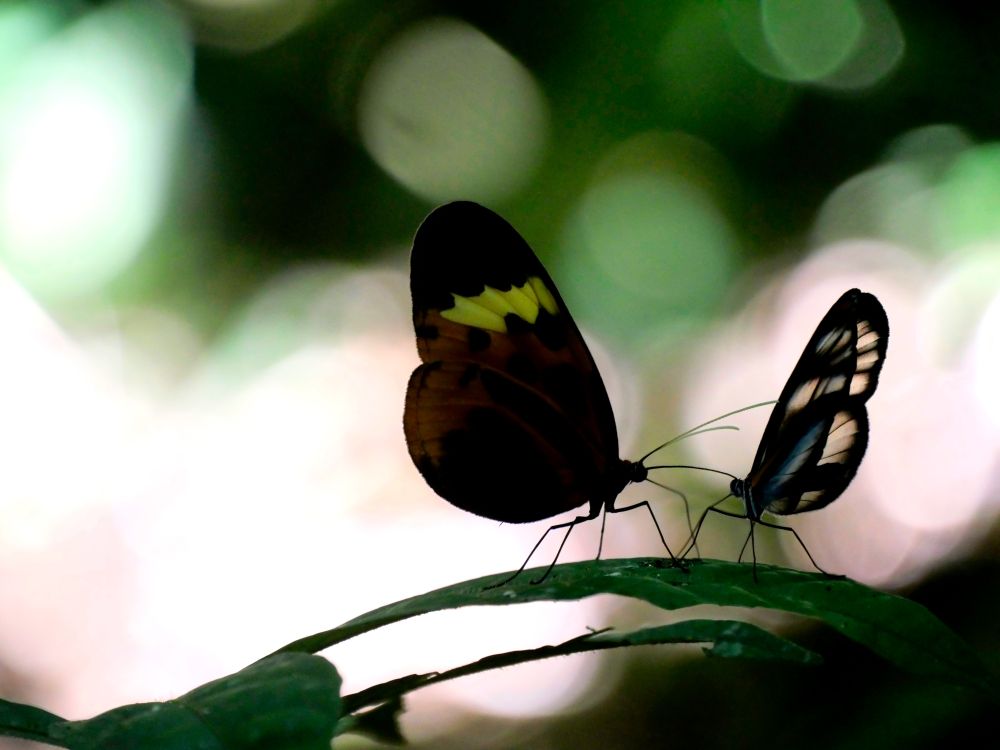
www.pnas.org/doi/abs/10.1...
@jasminealqassar.bsky.social led this elegant study of gene expression in the silk glands of our favorite alternative "silk worm", the pantry moth.
Mega-polyploid cells with thousands of genome copies just to express a handful of proteins
doi.org/10.1101/2025...
@jasminealqassar.bsky.social led this elegant study of gene expression in the silk glands of our favorite alternative "silk worm", the pantry moth.
Mega-polyploid cells with thousands of genome copies just to express a handful of proteins
doi.org/10.1101/2025...
Also some gorgeous 3xP3:mCherry staining of larval ocelli and glia.
(see revised preprint) by pantry moth wizards
@donyaniyaz.bsky.social & @lucalivraghi.bsky.social doi.org/10.1101/2025...
Also some gorgeous 3xP3:mCherry staining of larval ocelli and glia.
(see revised preprint) by pantry moth wizards
@donyaniyaz.bsky.social & @lucalivraghi.bsky.social doi.org/10.1101/2025...
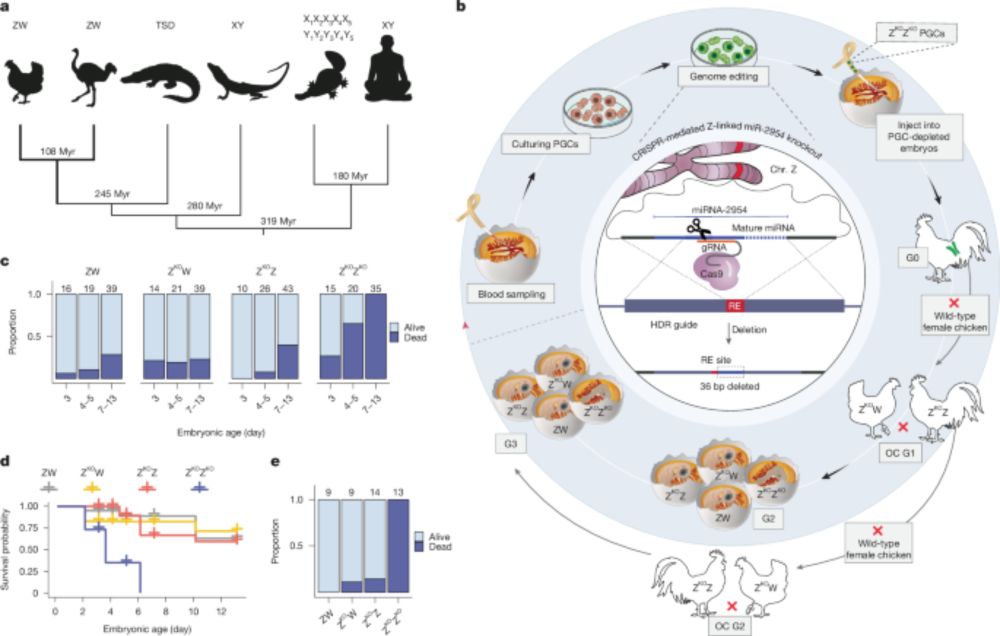
Guppy males have enormous variation in color patterns, with many combinations of ornamental spots and stripes. But where does all this variation come from?
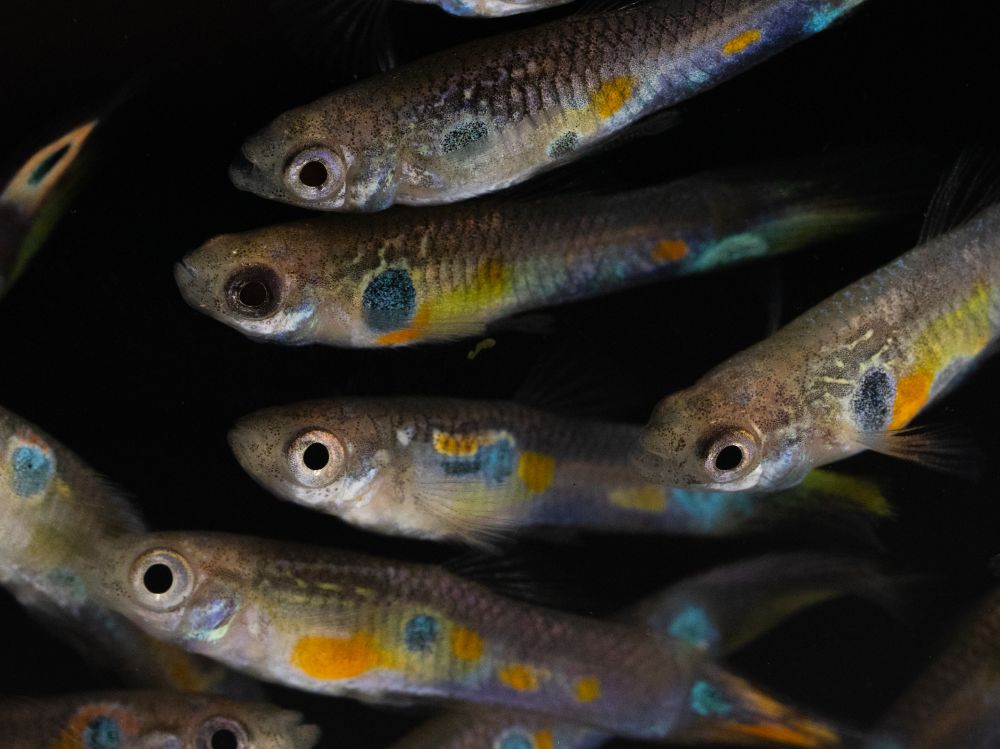
Guppy males have enormous variation in color patterns, with many combinations of ornamental spots and stripes. But where does all this variation come from?

